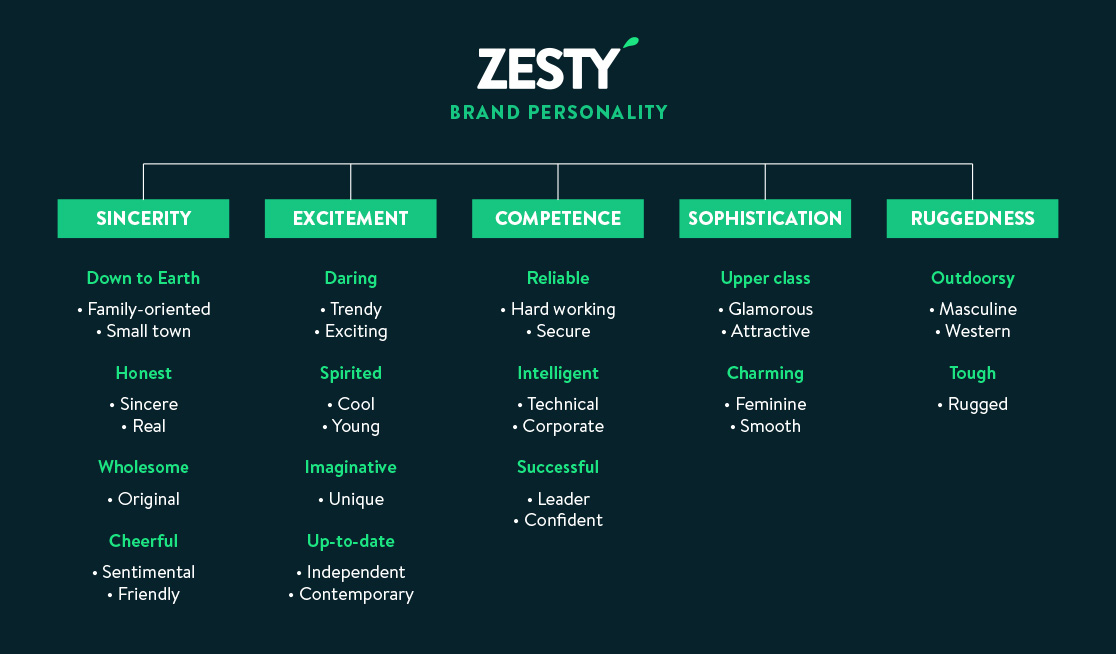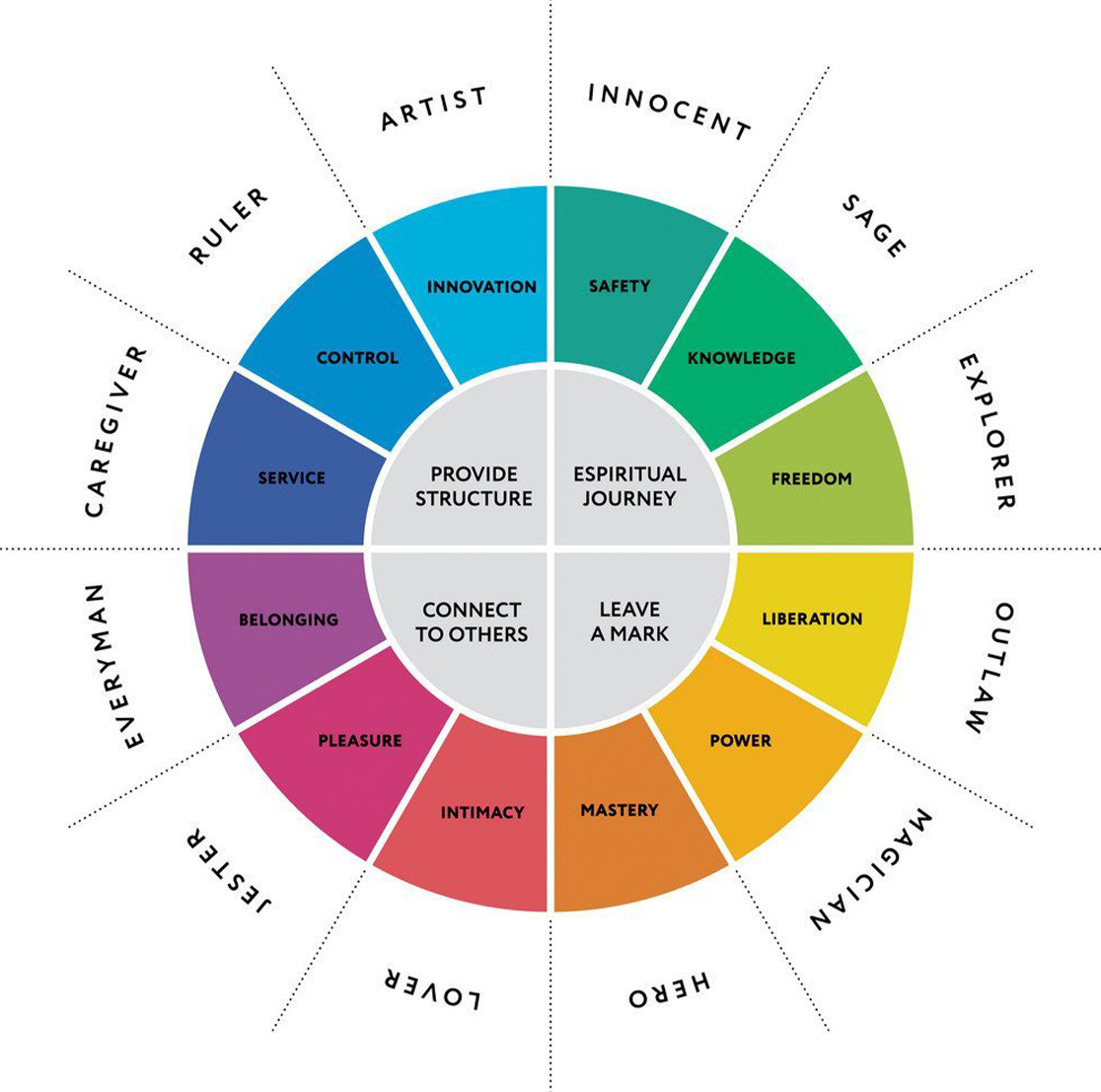How-to build a great brand
As fast as brands emerge, they disappear just as quickly. With market disruptions and choice overload for consumers, what do the successful brands have in common? To survive and thrive, we believe brands must focus their narrative by answering a few fundamental questions. [Read more…] about 5 Questions to Ask Before Branding



